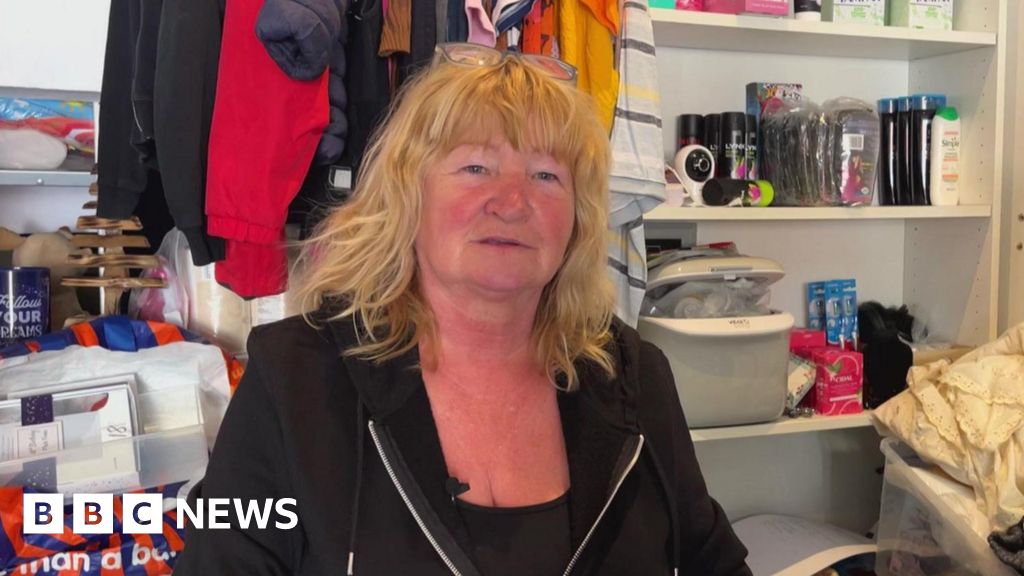When I studied abroad in Spain my junior year of college, I quickly became adept at the siesta—a two- to three-hour midday break, usually following lunch. Directly translated, siesta is Spanish for “nap,” but the tradition also involves a workday pause, with businesses shutting down between 2 p.m. and 5 p.m.
At first, the siesta caught my American workaholic tendencies off guard. But the cultural norm quickly grew to become a cherished part of my time abroad, although the practice fell by the wayside once I returned stateside.
Fast forward nearly 20 years later and naps are having a moment on this side of the Atlantic thanks in large part to Tricia Hersey of The Nap Ministry, who preaches and practices the examines the liberating power of naps, and science that proves napping can improve overall health. In fact, a recent study found that power napping can promote better brain health by slowing the rate at which brains shrink as we age.
Other benefits of daytime napping include:
- Improved memory
- Increased alertness
- Better logical reasoning abilities
- Reduced fatigue
But as with most practices, there are pros and cons to daytime napping. Here’s how to make sure you incorporate naps into your workday routine effectively.
The best time of day to take a nap
Before you doze off, you’ll want to ensure you set an alarm for 30 minutes out as longer naps interfere with your ability to sleep well at night, causing you to feel more tired and perpetuating a cycle of poor sleep.
“Taking a nap can be helpful as long as it is limited to 30 minutes per day and completed at least seven and a half to nine hours before bedtime to avoid disrupting overnight sleep and circadian rhythms,” explains Dr. Nilong Vyas, founder and owner of Sleepless in NOLA, a sleep consulting service, and medical review expert at SleepFoundation.org. “If you decide to nap during the day, it’s best to do so earlier in the morning after drinking coffee or lunch.”
Daily naps lasting longer than 60 minutes have been linked to an increased risk of type 2 diabetes or metabolic syndrome, a group of conditions that can raise your risk of heart diseases, diabetes, stroke and other health concerns.
The ideal environment for a nap
Prime conditions for napping are similar to nighttime sleep, with experts recommending a dark and quiet space with minimal interruptions and distractions. However, creating such a space could prove difficult if you aren’t working from home or don’t work for a company that has incorporated dedicated napping facilities into its workspace.
“Our findings suggest that, for some people, short daytime naps may be a part of the puzzle that could help preserve the health of the brain as we get older,” Dr. Victoria Garfield of University College London wrote in her study about naps and brain health. “I hope studies such as this one showing the health benefits of short naps can help to reduce any stigma that still exists around daytime napping.”
Credit: Source link











